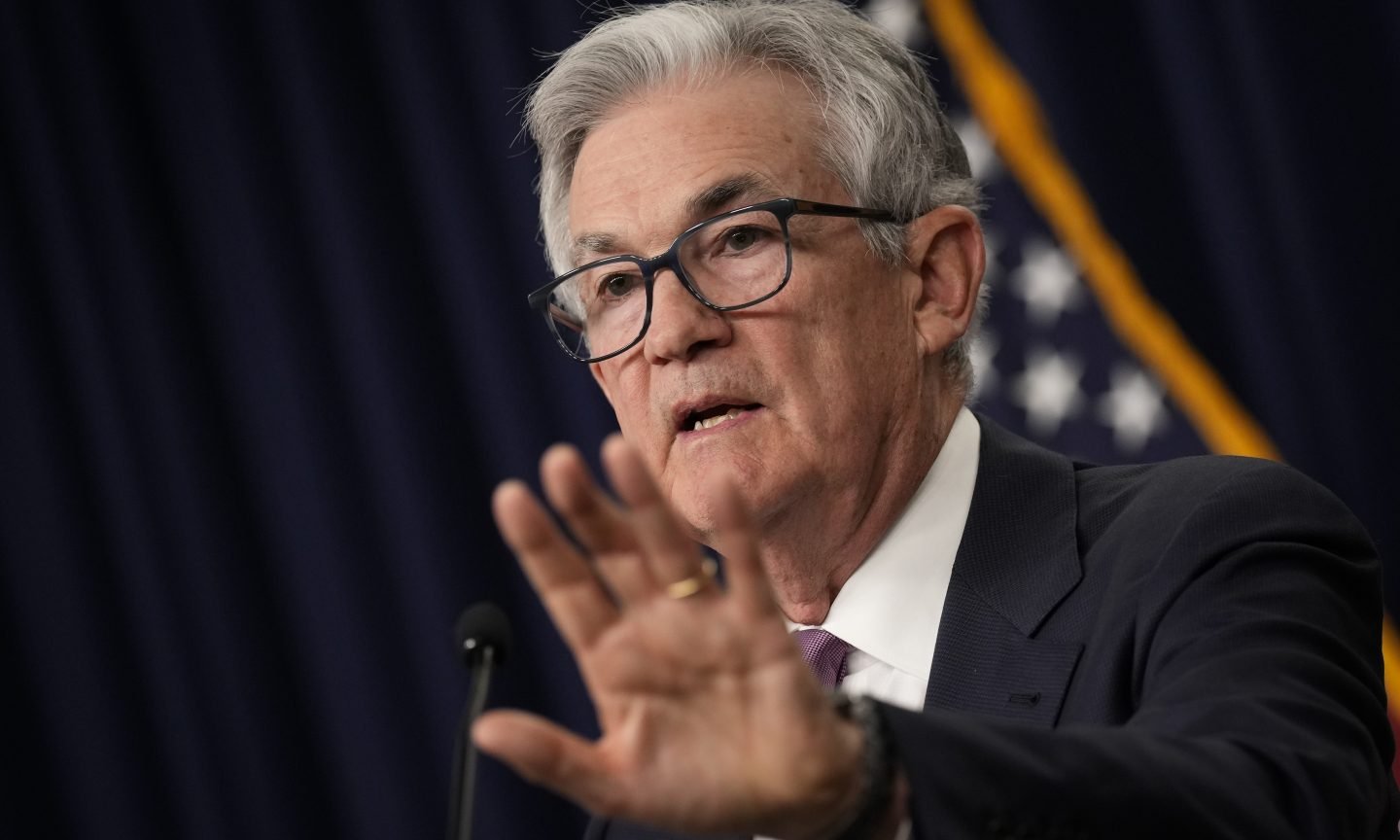The Federal Reserve finally pressed pause after 10 consecutive rate hikes since March 2022.
The current federal funds rate range of 5% to 5.25% will remain as is while the Fed assesses the impact of prior basis point hikes.
Don’t celebrate just yet — the central bank also projects two more rate hikes by year’s end.
Fed Chair Jerome Powell said during a news conference Wednesday that stretching out further rate increases over the next few months will allow the Fed adequate time to judge whether the hikes have been sufficient to slow inflation.
“The main issue that we’re focused on now is determining the extent of additional policy firming that may be appropriate to return inflation to 2% over time,” Powell said. “So the pace of the increases and the ultimate level of increases are separate variables given how far we have come. It may make sense for rates to move higher but at a more moderate pace.”
Powell said this pause will “allow the economy a little more time to adapt as we make our decisions going forward.” He added, for example, that the central bank is still waiting to learn what impact the recent bank failures will have on the economy.
In terms of further hikes, Powell said no decisions have been made, but the Fed is looking for the following data indicators that would reflect improving economic conditions:
-
“Growth meaningfully below the trend.”
-
“A labor market that’s loosening.”
-
“Goods pipelines getting healthier and healthier.”
“What we’d like to see is credible evidence that inflation is topping out and beginning to come down,” Powell said.
Inflation continues to slow down
The Fed pause arrives in the aftermath of the debt ceiling deal that averted a near-catastrophe for the economy as well as another consumer price index (CPI) report showing inflation is continuing to slow down.
The May CPI released Tuesday showed an overall 4% increase over the past 12 months — the smallest 12-month increase since March 2021, according to the Bureau of Labor Statistics. By comparison, in June 2022, the year-over-year increase was 8.6%. Core CPI — excluding food and energy prices, which tend to be volatile — rose 5.3% over the past year. In June 2022, core CPI had risen 6% over the prior 12 months.
While the CPI is a proxy for inflation, the Fed tends to use the Bureau of Economic Analysis’ core personal consumption expenditures price index (PCE) as its main bellwether. The most recent report, released May 26, shows core PCE from April 2022 to April 2023 increased 4.7% — roughly the same as 12-month data in the four previous months.
However, the current inflation rate is still not meeting the Fed’s target inflation rate, which remains at 2%. “If you look at core PCE inflation overall, look at it over the last six months, you’re just not seeing a lot of progress,” Powell said. “We want to see it moving down decisively.”
In economic theory, inflation and employment typically have an inverse relationship. But in this case, inflation is coming down without significant job loss. At the news conference, Powell called the labor market the “engine driving the economy.” The unemployment rate remains low at 3.7%; the rate has hovered between 3.4% and 3.7% over the past 12 months, according to Bureau of Labor Statistics data.
“The labor market, I think, has surprised many, if not all, analysts over the last couple of years with its extraordinary resilience,” Powell said. “And it’s just remarkable.”
What happens next?
As for the remainder of the year, the Fed’s “dot plot” — a chart that includes rate projections from each member of the Federal Open Market Committee — signals that two more increases are likely in order to bring interest rates to an anticipated 5.6% by the end of 2023.
The futures market’s CME FedWatch tool favors the probability of a quarter-point rate hike at some point in the Fed’s next meetings in July, September and November. This is all speculative, of course, and anything can happen.
The next Fed meeting will be July 25-26.
(Top photo by Drew Angerer/Getty Images via Getty Images)
This post was originally published on Nerd Wallet




